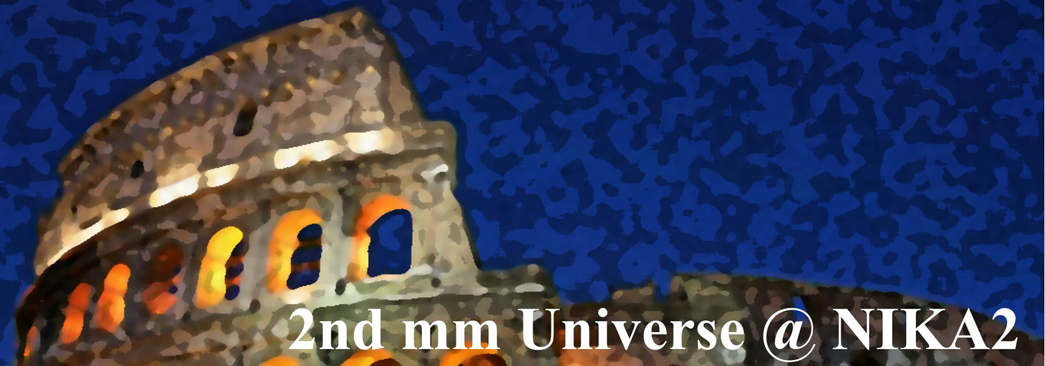Speaker
Description
In recent years, research on the kinetic SZ (kSZ) effect has enabled observers with tools to study the kinematics of the hot IGM gas on a cosmological (>10 Mpc) scales and in virialised structures, i.e. groups and clusters. Due to its relation to the gas dynamics, the kSZ signal contains a signature from to the bulk rotation of structures, referred to as rotational kSZ effect (Chluba & Mannheim 2002; Cooray & Chen 2002). With an amplitude typically $10^4$ times smaller than the thermal SZ spectral distortion, observing the rotational kSZ effect is extremely challenging and, to date, has only been achieved by aligning and stacking Planck SZ maps (Baxter et al. 2019). In order to explore the gas kinematics using the rotational kSZ as a probe, hydrodynamic cosmological simulations offer some of the most comprehensive datasets for this study. Numerical models can be used to validate assumptions made in observational strategies, as well as providing useful predictions for future kSZ measurements from NIKA-2, Simons Observatory or other facilities. The rich halo statistics from the BAHAMAS sample, integrated with information from the most rare and massive MACSIS clusters, constitutes a unique simulations suite for making such predictions. In our work, we combine the BAHAMAS and MACSIS datasets to investigate the rotational kSZ effect across a wide range of group and cluster masses. Based on these models, we also test the the stacking approach and estimate the amplitude of the stacked signal with varying mass, redshift and map-alignment geometry.

